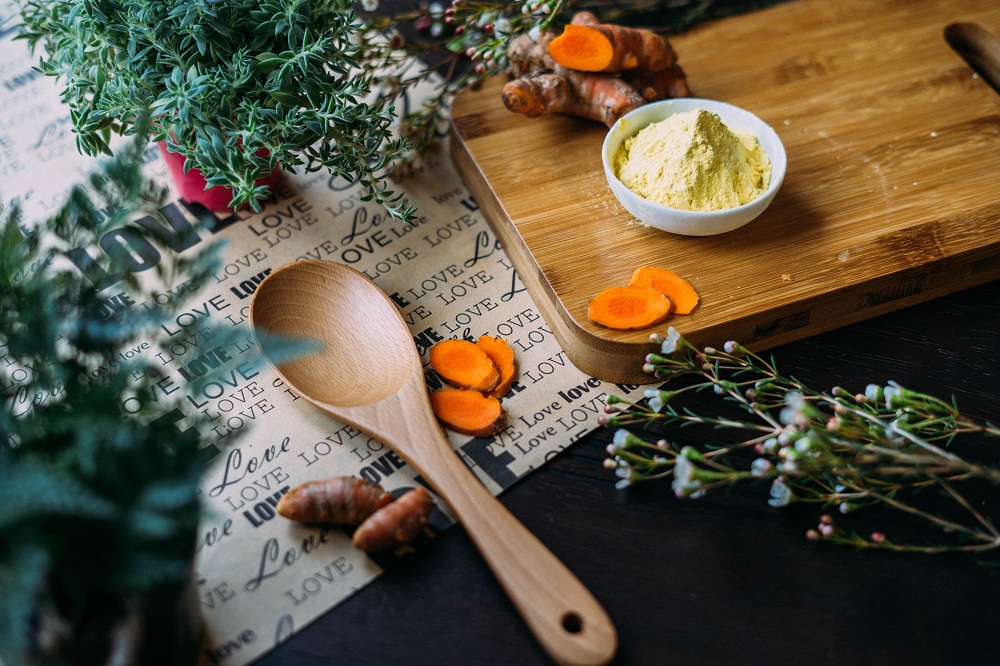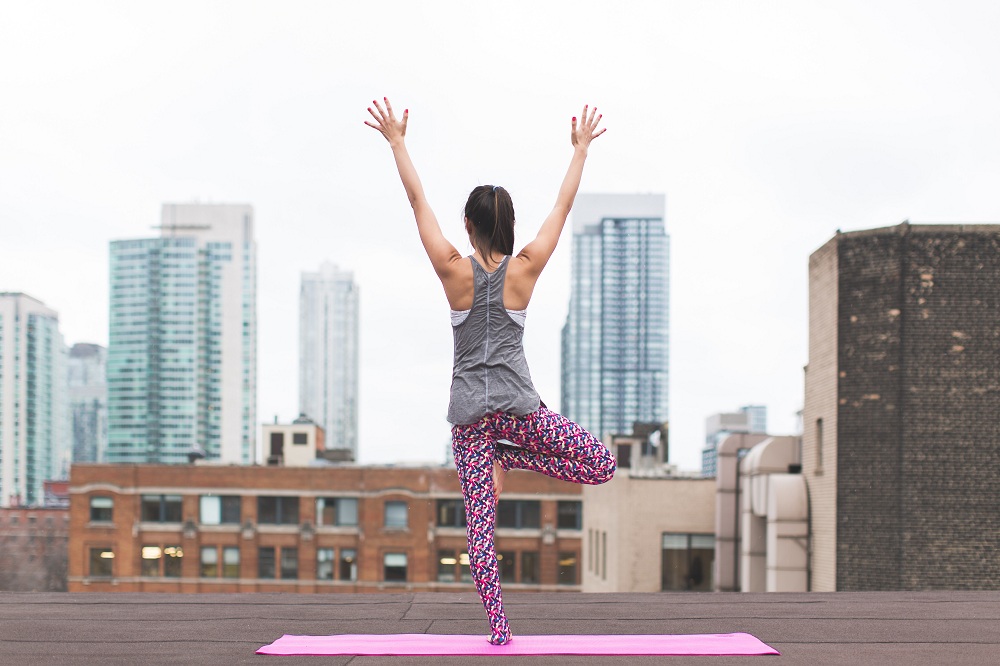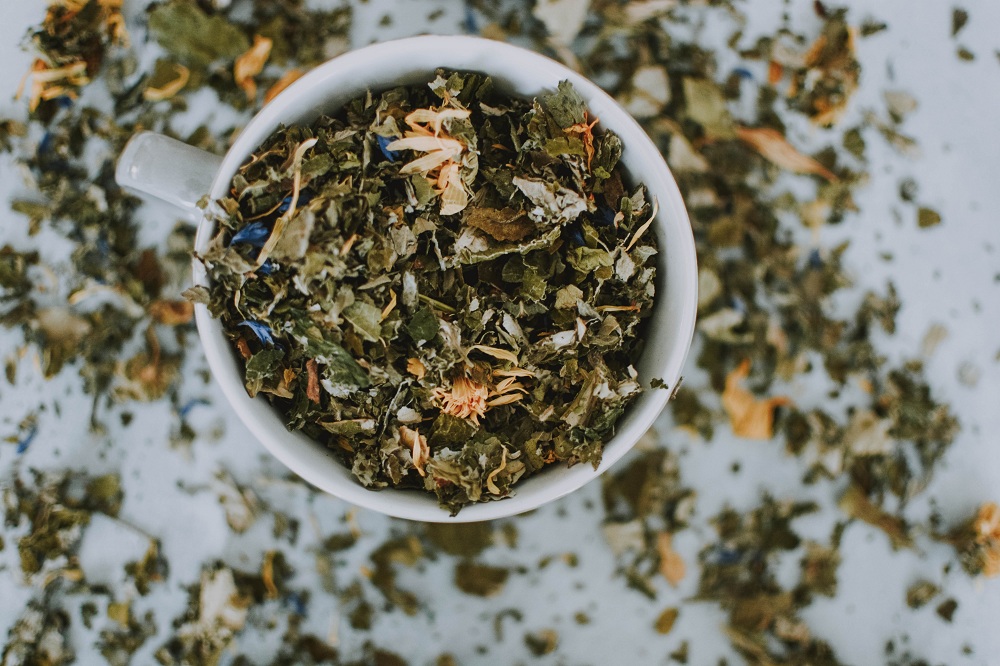As soon as the winter sets in, it becomes incredibly painful to deal with chronic joint pain. Joint pain results from the inflammation of the joints and represents a condition that is commonly associated with Arthritis. However, there isn’t any specific cure for this ailment. This is why doctors opine that diet and lifestyle changes can provide a lot of relief, and why people search for alternative medicine such as Ayurveda.

While the pain lasts all-round the year, it aggravates during the winter days, making it difficult for people to move around. And this is especially true for the elderly. In general, having achy joints can be very painful as it obstructs mobility and puts a tremendous toll on your emotional state as well. But there is always a way in nature. Many people, for example, use Ayurveda for joint care and alternative treatment . There is a gamut of products available on Amazon, or with dedicated online portals like Kerala Ayurveda that are very effective in dealing with achy joints. Made from natural sources, these products are free from side effects. However, in addition to medicine, small changes in lifestyle are also required.
Dietary changes
A significant part of an Ayurvedic routine is the food one consumes. Typically, the ayurvedic diet consists of three Doshas. They are Vata, Pitta, and Kapha.
Amavata, the disease of the joint, can be dealt with by balancing out the Vata.
Thus, a meal must be planned such that the Vata imbalance can be adequately addressed. Such a diet should include grains, leafy vegetables, berries, spices, buttermilk, and aged wine, but of course, in moderation. If you consider Ayurveda for achy joints, you will have to make slight or even significant changes to your diet, depending on your current
Proper sleep

An essential part of the ayurvedic routine for joint care is an appropriate sleep cycle. Though many of us don’t follow a regular bedtime routine, a long and healthy sleep cycle can be very effective in dealing with a number of chronic diseases. A few changes in the sleep regime can be beneficial:
- Going to bed early and rising early
- Eschewing naps throughout the day
- Consuming a light dinner, two to three hours before bedtime, followed by a short one-mile walk.
- Practicing yoga or meditation before bedtime
- Having a cup of warm milk or Ashwagandha before going to bed
- Having a warm shower as part of an evening routine
- Rubbing the soles of the feet with warm sesame oil
What role does exercise play in Ayurveda?

It is known for a fact that moderate intensity exercise is very useful in dealing with achy joints. Exercise keeps the muscles engaged, allowing free movement. This is especially true for the elderly who usually try to avoid physical exercise. Since most aged adults suffer from joint pain, a short and regular exercise routine can prove to be effective.
Ayurvedic exercise includes soft movements like yoga, swimming, and walking. Additionally, deep breathing and meditation are also recommended. Yoga can go a long way to improve the overall physical health, reduce pain, raise the energy level, and boost mental health. All in all, yoga can offer a host of benefits when practiced daily, or even three to four times per week.
You can read our extensive review of PiYo, a workout program designed for people who cannot afford themselves anything other than a low impact exercise routine. Such programs can be extremely helpful in dealing with joint pain, as they allow you to strengthen the surrounding muscles and ligaments, as you start to move with more freedom and confidence throughout the day.
We have also published a low impact exercise routine on YouTube designed primarily for those who suffer from joint ache, and especially knee pain, as part of our comprehensive fitness platform Fitness Updated. You can follow the video, making pauses and slight modifications where necessary.
Herbs and supplements
Ayurveda involves the use of lots of herbs and other supplements for the treatment of achy joints. Some of the most common herbs included in the treatment are ginger, Ashwagandha, garlic, castor oil, and Indian frankincense.
Additionally, there are special types of medicines which are called “Bhasma.” These are prepared from the ashes of metals, like silver, iron, or copper. A lot of oils are also developed by Ayurvedic practitioners that provide adequate pain relief.
Dealing with physical stress
According to Ayurveda, temporary joint pain can arise as a result of faulty sleeping, sitting, or standing postures. An unbalanced position can damage the cartilage of the joints, which gives rise to severe pain.
Thus, it’s essential to maintain effective sitting and standing postures while at work and also at home. Additionally, regular massage with warm oil is also recommended.
Having mentioned exercise, make sure to avoid intense routines unless you are adequately prepared. We often give ourselves far more credit than our level of fitness permits.
Reliability of an Ayurveda treatment

Ayurveda, as a science base, maintains its methods on the three fundamental pillars — mind, body, and soul. This branch of medicine believes that all problems in the human body result from the imbalance of the three. Thus, Ayurveda uses natural ingredients to fix the imbalance.
Though the effectiveness of an Ayurveda treatment has been studied, and is well documented in the scientific literature, additional research is necessary to be fully confident in the range of benefits by this alternative treatment.
One study, however, published in the journal of Osteoarthritis and Cartilage, shines optimism on this holistic approach. It states:
Results showed that Ayurveda led to significant and clinically relevant improvements in disease-specific symptom-reduction after 12 weeks of treatment compared with conventional care with most effects lasting over 12 months.
Kessler, C.S. et al. (2018). Effectiveness of an Ayurveda treatment approach in knee osteoarthritis – a randomized controlled trial. Osteoarthritis and Cartilage. Volume 26, Issue 5, 620 – 630
Ayurveda as medicine
The Ayurvedic cure for joint care depends heavily on medicines extracted from natural sources. One of the primary components of ayurvedic medicine is the use of exotic herbs, which are well known for their medicinal properties.
For treating chronic joint pain, plants with anti-swelling and pain relief properties are used. The Ostoact Tablet, for example, is one such medicine that is advertised as effective in maintaining bone health.
Whatever the ailment, however, you must consult with a certified medical professional, who can work with you on creating a comprehensive approach. Whether this approach will include ayurvedic treatment is up to debate, as this alternative medicine is yet to be researched more closely and adopted under the wing of traditional medicine.